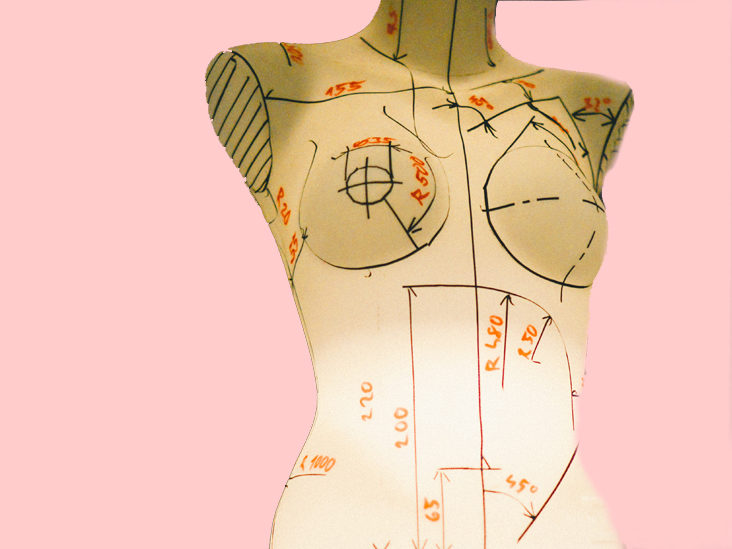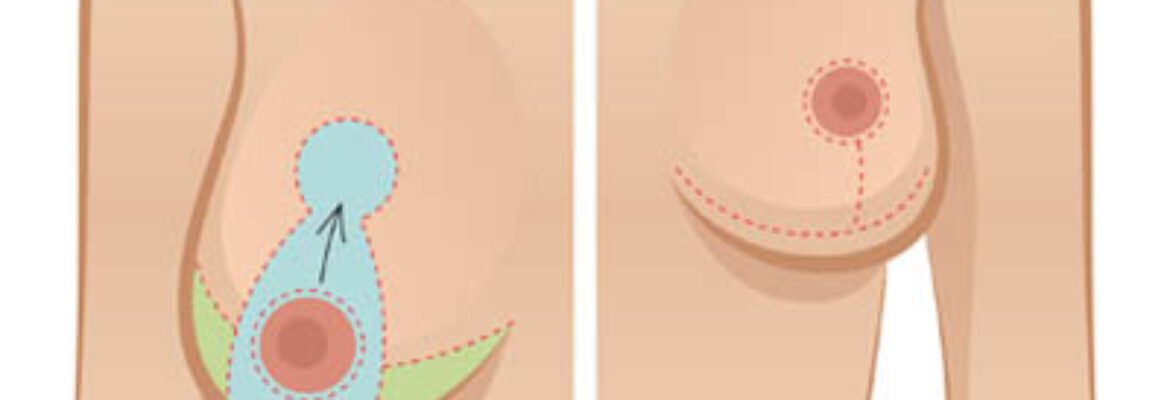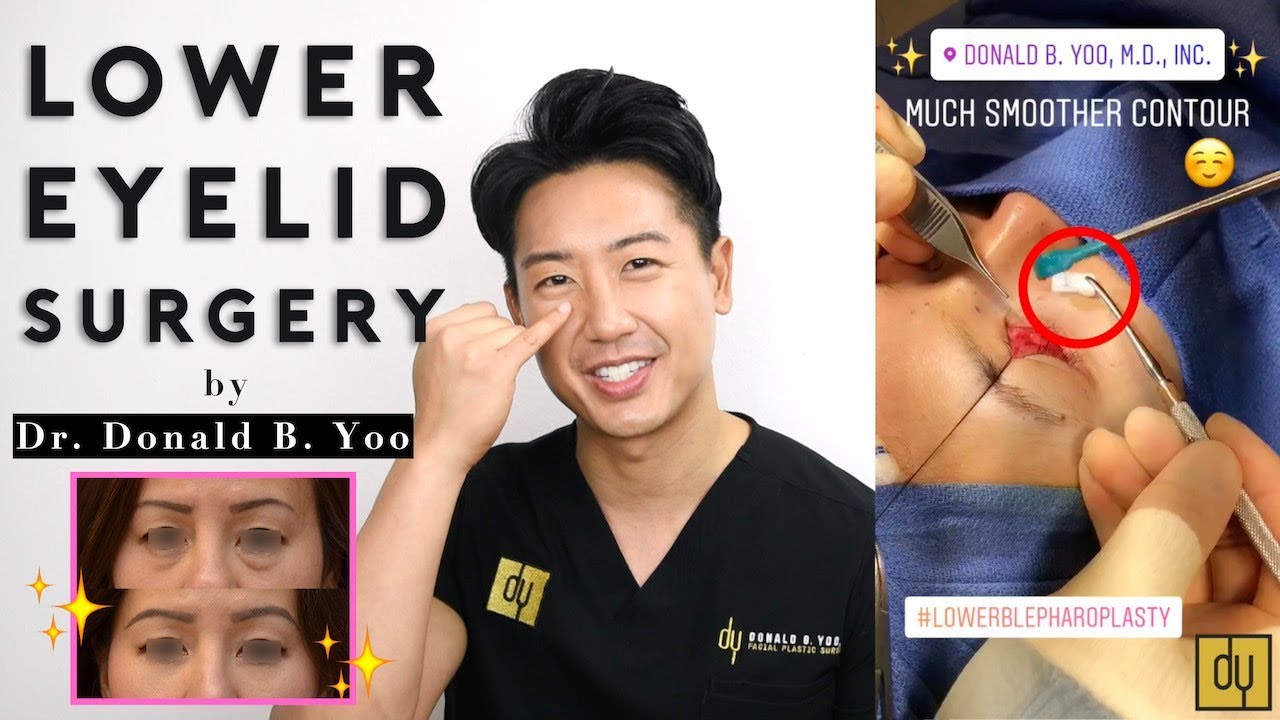
There are many factors that can affect the price of a Rhinoplasty. Learn about the price of the procedure, how to find your insurance coverage, and what to expect to pay for your Rhinoplasty. These are just a few of the tips you need to remember when comparing rhinoplasty costs between different hospitals or surgeons. Consider the experience of the surgeon. These tips will help explain why rhinoplasty will be expensive and how much.
Cost of a rhinoplasty depends on where you live.
Costs for rhinoplasty vary depending on where you live, what type of reshaping is required, and how the surgeon charges. The fees of a surgeon can vary as can post-operative treatment. It is not a good idea to choose a surgeon solely based on the price. You should also ask for before-and-after photos on their website. Make sure to check for board certification and fellowships, as well.

Most insurance policies cover rhinoplasty procedures. However, it is important that you check your insurance policy to confirm that you will be covered. Before you make an appointment, check your coverage. You can also inquire about financing options, even if your payment is cash. Most surgeons offer some sort of financing plan. You can pay a small downpayment and the rest over installments.
Variations in the costs of Rhinoplasty
The cost of rhinoplasty varies widely from one area to the next. However, it is important that the doctor is located in the right place. Approximately 78 percent of rhinoplasties are performed along the coast, so the cost of plastic surgery in coastal areas tends to be higher. The surgeon's hourly rate, as well as business expenses, will influence the cost of rhinoplasty.
After rhinoplasty, patients should expect some swelling and bruising to the nose. The recovery period isn't very long but patients should be careful not to do strenuous activity for several weeks. There may be some swelling around the eyes and the nose. These bruises will usually disappear within a few months. To reduce swelling, patients should be able to rest with their head raised. The nasal packing and splint can be removed after four to seven days.
Rhinoplasty insurance coverage
Rhinoplasty insurance coverage depends on your policy. Many insurers will only cover medically necessary surgeries, so you should be sure to research your specific plan before requesting treatment. Patients who have breathing problems and need to fix them can opt for functional rhinoplasty. A broken nose can be repaired by this procedure. If you suffer with sleep apnea (or other breathing issues), the surgery may be covered.

In general, Medicare and private insurance won't reimburse you for cosmetic surgery. Some private health insurance funds may cover functional rhinoplasty, provided it is part of a high deductible plan. HSA participants pay covered medical expenses with money they have in their pre-tax savings account. If your insurance covers cosmetic procedures, your insurer may be able to cover the cost. If you aren't sure, speak to your provider of health insurance and clarify whether you qualify for any special plans.